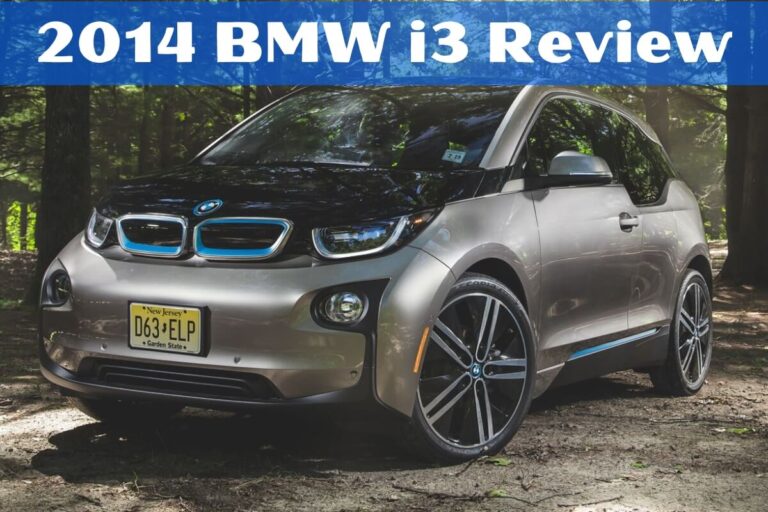What is BMW xDrive? Exploring BMW’s Advanced All-Wheel Drive System

BMW xDrive is the German automaker’s advanced all-wheel drive (AWD) system that provides superior traction, handling, and control in a variety of driving conditions. In this comprehensive guide, we’ll delve into the features, benefits, and technology behind BMW xDrive, exploring how it enhances the driving experience across BMW’s lineup of vehicles.
Understanding xDrive: The Basics
BMW xDrive is an intelligent, electronically-controlled all-wheel drive system that continuously monitors driving conditions and adjusts power distribution between the front and rear wheels accordingly. This dynamic torque distribution helps maintain optimal traction and stability, whether you’re navigating slippery roads, tackling steep inclines, or carving through twisty mountain passes.
How xDrive Works
The core of the xDrive system is a transfer case that continuously monitors the speed of the front and rear wheels. If one set of wheels starts to lose traction, xDrive can instantly redirect power to the wheels with the most grip, preventing wheel spin and helping the vehicle maintain composure.
The system utilizes an electronically-controlled multi-plate clutch to seamlessly distribute torque between the front and rear axles. This allows xDrive to react quickly to changing road conditions, providing a responsive and confidence-inspiring driving experience in all situations.
Advantages of xDrive
The key advantages of BMW’s xDrive all-wheel drive system include:
- Improved Traction and Stability: By actively distributing power to the wheels with the most grip, xDrive enhances traction and stability, especially in slippery conditions such as snow, ice, or wet pavement.
- Enhanced Cornering and Handling: xDrive’s dynamic torque distribution helps the vehicle maintain a neutral, balanced feel through corners, reducing understeer and oversteer for a more precise, responsive driving experience.
- Better Control in Adverse Conditions: xDrive’s ability to adapt to changing road conditions makes it an invaluable asset when driving in snow, rain, or other challenging weather situations, providing the driver with added confidence and control.
- Improved Acceleration and Hill Climbing: By delivering power to all four wheels, xDrive can provide better acceleration from a standstill and improved hill-climbing ability compared to rear-wheel drive systems.
Applications of xDrive
BMW offers xDrive across a wide range of its vehicle lineup, from the compact 3 Series sedans to the larger X5 and X7 SUVs. This ensures that drivers can enjoy the benefits of the advanced all-wheel drive system, regardless of the type of BMW they choose.
The Evolution of xDrive
BMW’s xDrive technology has continuously evolved since its introduction, with the latest iterations offering even more sophisticated and responsive all-wheel drive capabilities.
First-Generation xDrive
The first-generation xDrive system, introduced in 2003, was a reactive all-wheel drive system that would only engage the front wheels when the rear wheels started to lose traction. This provided a good balance between efficiency and all-weather capability.
Second-Generation xDrive
In 2006, BMW launched the second-generation xDrive system, which featured more advanced sensors and algorithms to better anticipate and respond to changing road conditions. This version of xDrive was more proactive, continuously adjusting power distribution to maintain optimal traction and stability.
Third-Generation xDrive
The third-generation xDrive, introduced in 2013, brought even more refinements to the system. This iteration included the integration of Dynamic Stability Control (DSC) and Dynamic Traction Control (DTC) for enhanced cornering and hill-climbing capabilities. The system also became more efficient, reducing the weight and complexity of the all-wheel drive components.
Latest Advancements
BMW’s most recent xDrive systems have continued to evolve, incorporating technologies like the electronically-controlled multi-plate clutch for faster, more seamless power distribution. Additionally, the integration of advanced sensors and algorithms has allowed xDrive to become increasingly intelligent, anticipating and responding to driving conditions with even greater precision and responsiveness.
xDrive in BMW’s Vehicle Lineup
BMW offers xDrive across a wide range of its vehicle lineup, from sedans and coupes to SUVs and crossovers. Let’s take a closer look at how xDrive is implemented in some of BMW’s most popular models.
3 Series
The BMW 3 Series, the brand’s iconic compact luxury sedan, is available with the xDrive all-wheel drive system. This provides the 3 Series with enhanced traction and stability, especially in inclement weather, without compromising the vehicle’s legendary driving dynamics.
X5 and X7 SUVs
BMW’s larger SUV models, the X5 and X7, come standard with the xDrive all-wheel drive system. This helps these versatile vehicles tackle a variety of terrain and driving conditions, from snowy mountain roads to muddy off-road trails, while still delivering a premium, luxurious driving experience.
M Models
Even BMW’s high-performance M models, such as the M3, M5, and M8, can be equipped with the xDrive system. This helps these powerful vehicles put their exceptional performance to the ground effectively, reducing wheel spin and improving overall control.
The Benefits of xDrive
BMW’s xDrive all-wheel drive system offers a range of benefits that enhance the driving experience across the brand’s entire lineup.
Improved Traction and Stability
As mentioned earlier, xDrive’s ability to continuously monitor and adjust power distribution helps maintain optimal traction and stability in a variety of driving conditions. This can be particularly useful in inclement weather, such as rain, snow, or ice, where the system’s responsiveness can make a significant difference in the vehicle’s handling and control.
Enhanced Cornering and Handling
The dynamic torque distribution of xDrive also plays a crucial role in improving the vehicle’s cornering and handling characteristics. By actively distributing power between the front and rear wheels, xDrive helps reduce understeer and oversteer, allowing the driver to experience a more neutral, balanced, and precise feel through turns.
Increased Confidence and Control
With xDrive, drivers can feel more confident and in control of their BMW, even in challenging driving situations. The system’s ability to adapt to changing road conditions and provide consistent, predictable handling can help reduce stress and fatigue, especially on long drives or in unfamiliar terrain.
Improved Acceleration and Hill Climbing
The all-wheel drive capabilities of xDrive can also provide benefits in terms of acceleration and hill-climbing abilities. By distributing power to all four wheels, xDrive can help the vehicle more effectively put its power to the ground, resulting in quicker acceleration from a standstill and improved performance when tackling steep inclines.
Comparing xDrive to Other AWD Systems
While BMW’s xDrive is a highly advanced and sophisticated all-wheel drive system, it’s not the only option available in the automotive market. Let’s take a look at how xDrive compares to some other prominent all-wheel drive systems.
xDrive vs. Quattro (Audi)
Audi’s Quattro all-wheel drive system is another highly regarded system in the luxury automotive segment. Like xDrive, Quattro is designed to provide enhanced traction and stability, but the two systems differ in their specific implementations and characteristics.
Quattro is generally considered to be more biased towards a rear-wheel drive feel, while xDrive is often described as offering a more balanced, neutral driving experience. Additionally, xDrive’s ability to continuously and seamlessly adjust power distribution is considered by some to be more sophisticated than Quattro’s approach.
xDrive vs. 4MATIC (Mercedes-Benz)
Mercedes-Benz’s 4MATIC all-wheel drive system is another key competitor to BMW’s xDrive. Both systems aim to provide improved traction and stability, but 4MATIC is generally seen as offering a more comfort-oriented driving experience compared to the more performance-focused nature of xDrive.
4MATIC also tends to have a more reactive approach to power distribution, with xDrive being more proactive in anticipating and responding to changing conditions.
xDrive vs. All-Wheel Drive Systems from Other Brands
Other automakers, such as Subaru, Jeep, and Ford, also offer their own all-wheel drive systems, each with its own unique characteristics and target customers. While these systems may share some similarities with xDrive in terms of their core functionality, they often differ in terms of their specific implementation, integration with the vehicle’s other systems, and the overall driving experience they deliver.
Conclusion
BMW’s xDrive all-wheel drive system is a testament to the brand’s commitment to engineering excellence and delivering an exceptional driving experience. By continuously monitoring and adjusting power distribution, xDrive helps provide the perfect balance of traction, stability, and control, regardless of the driving conditions.
As BMW’s all-wheel drive technology continues to evolve, the benefits of xDrive will only become more pronounced, ensuring that BMW drivers can confidently tackle any road, weather, or terrain that lies ahead.






